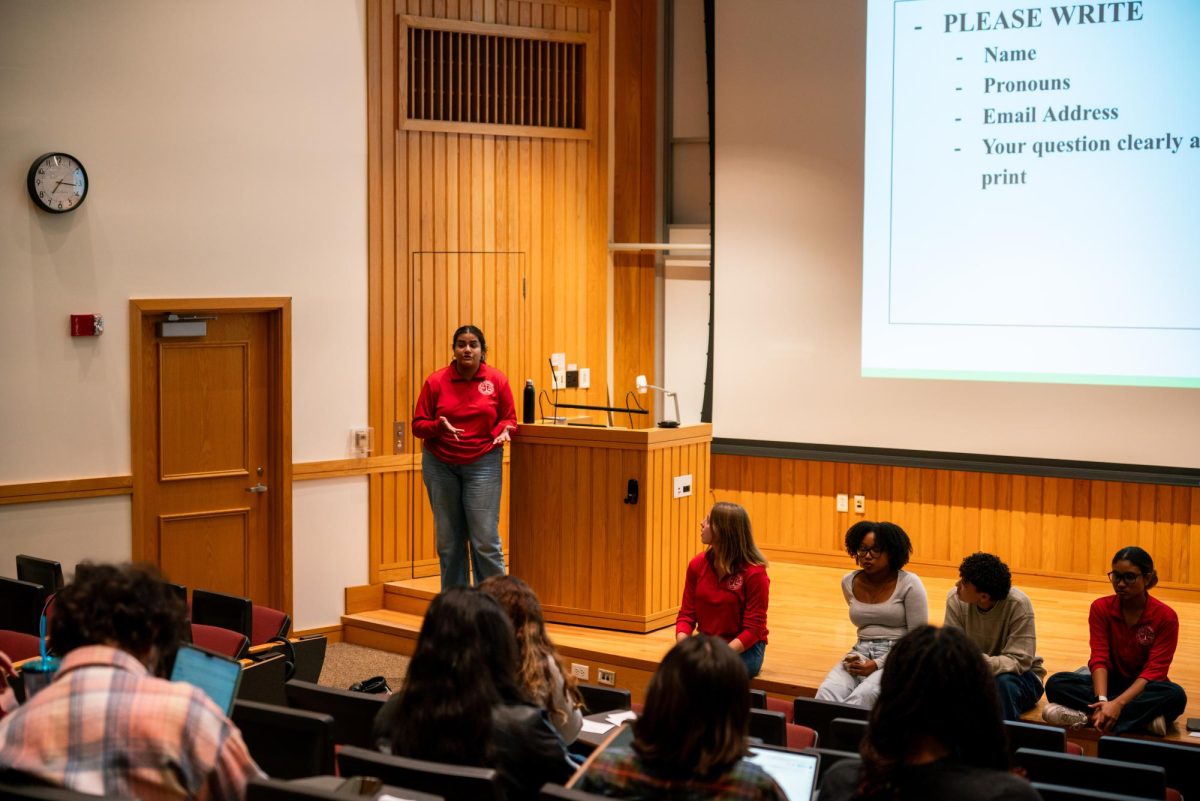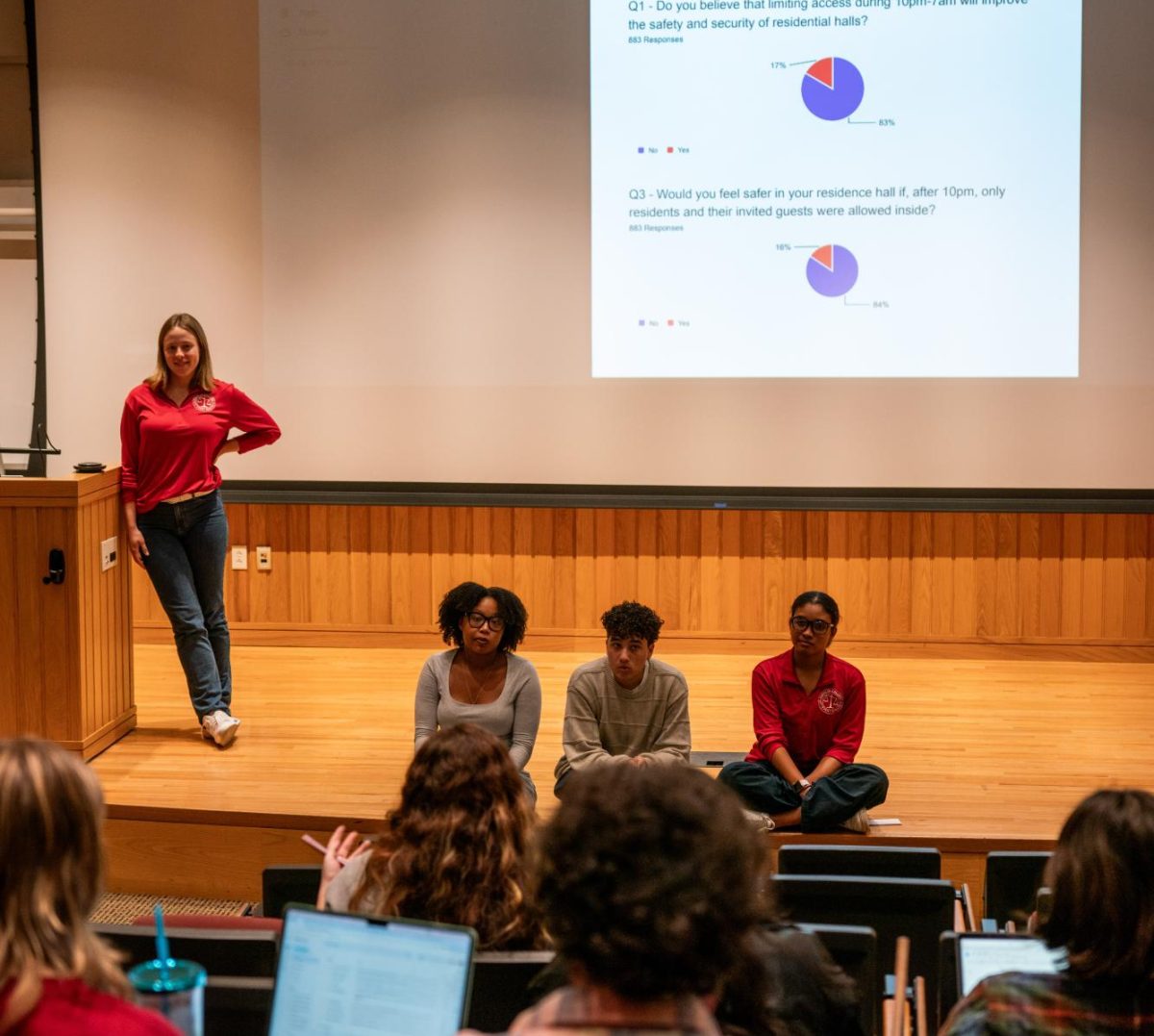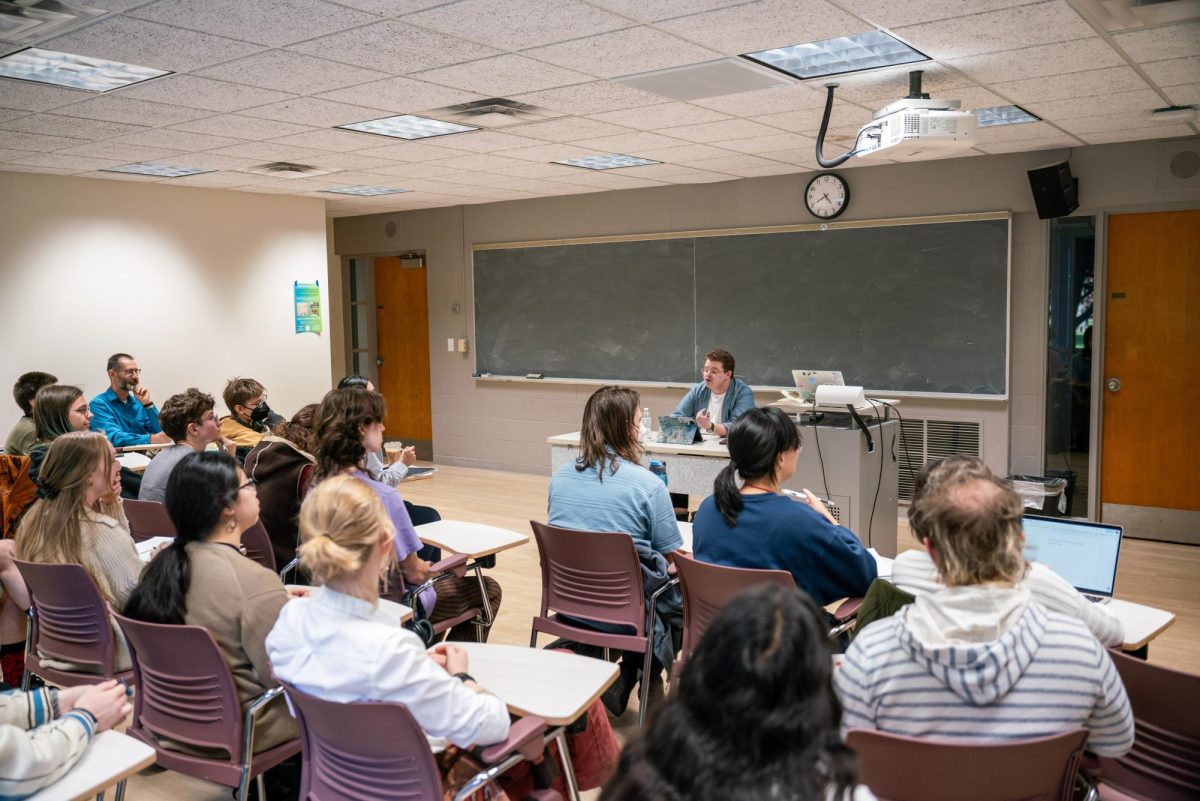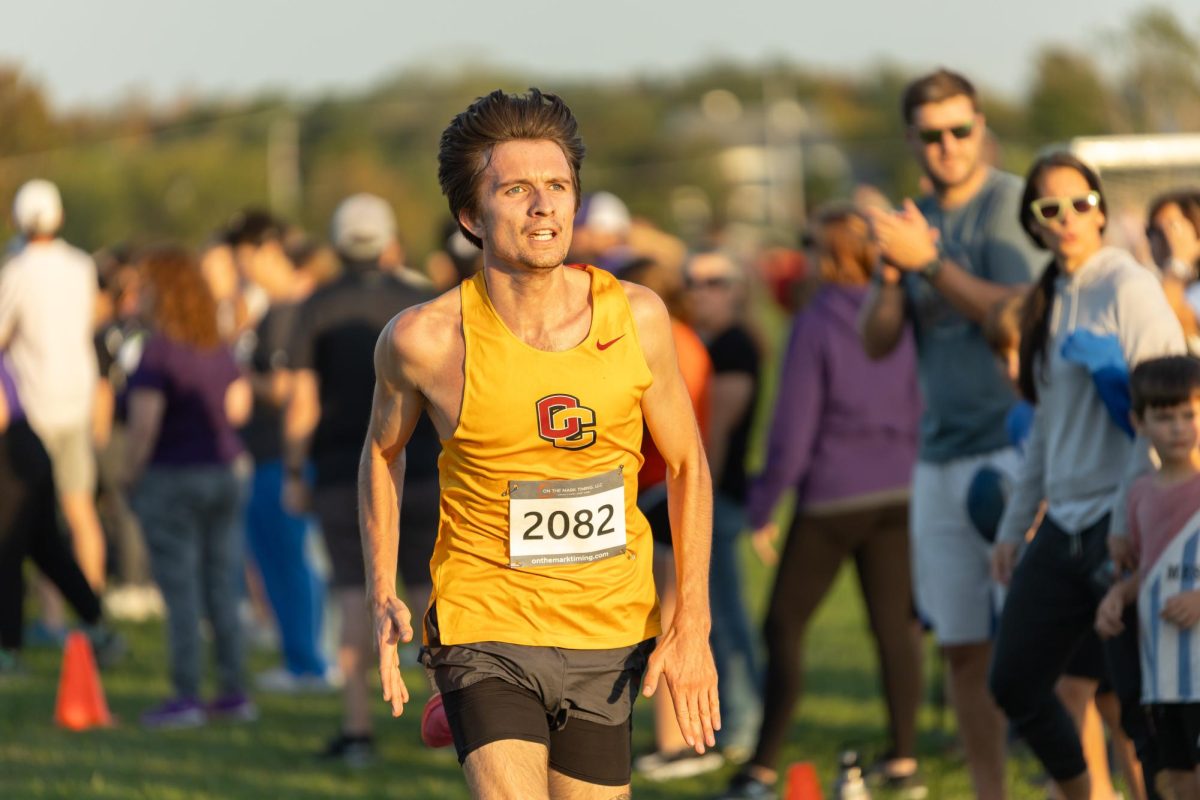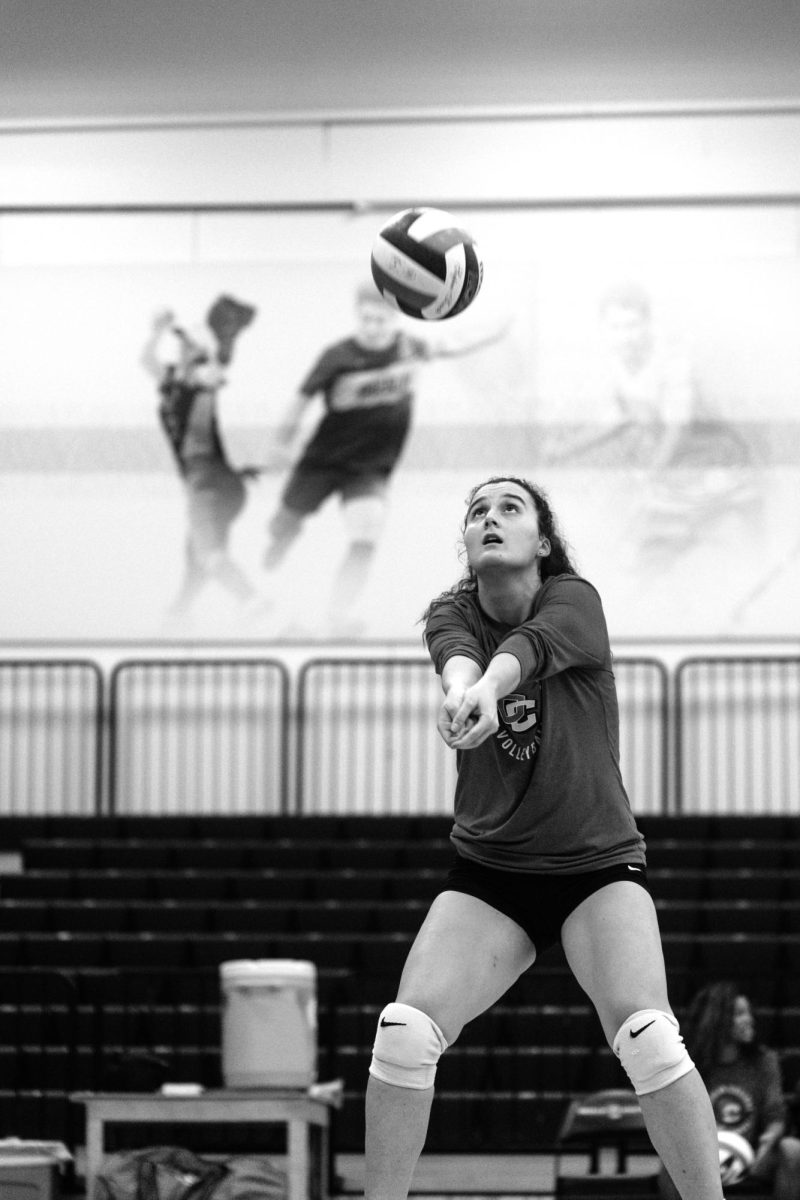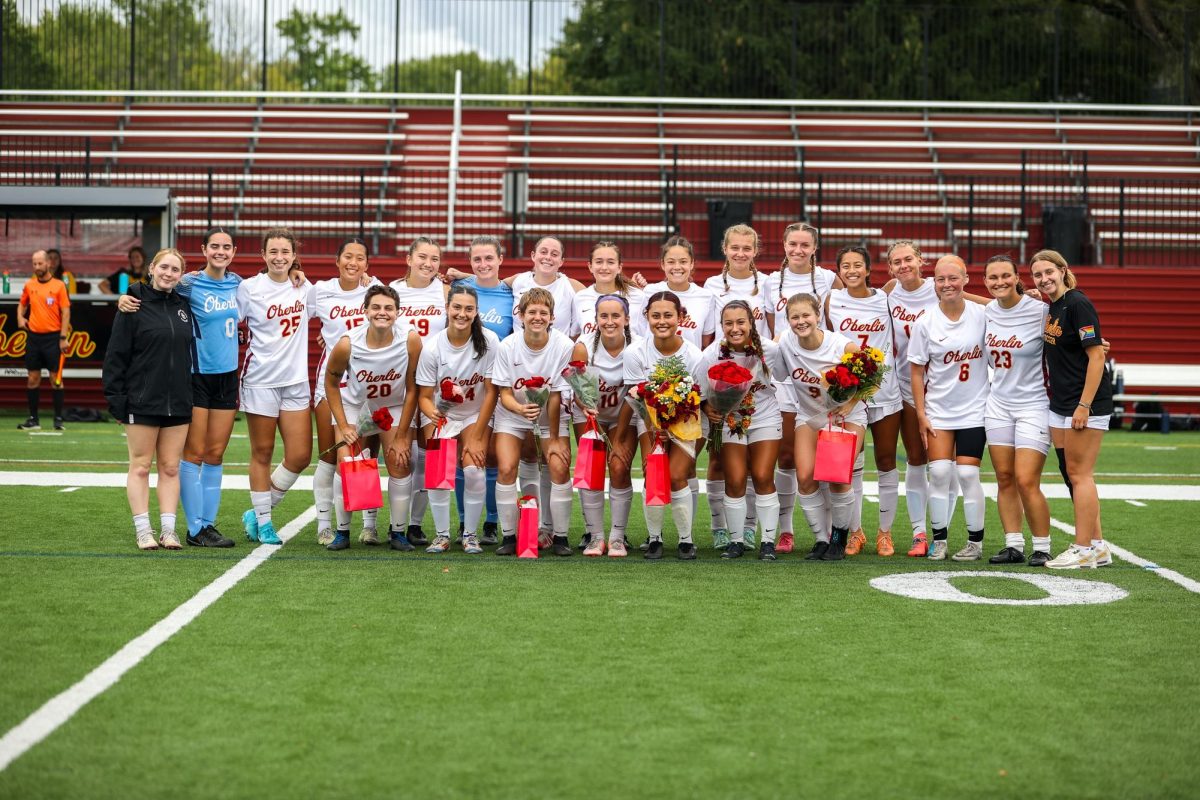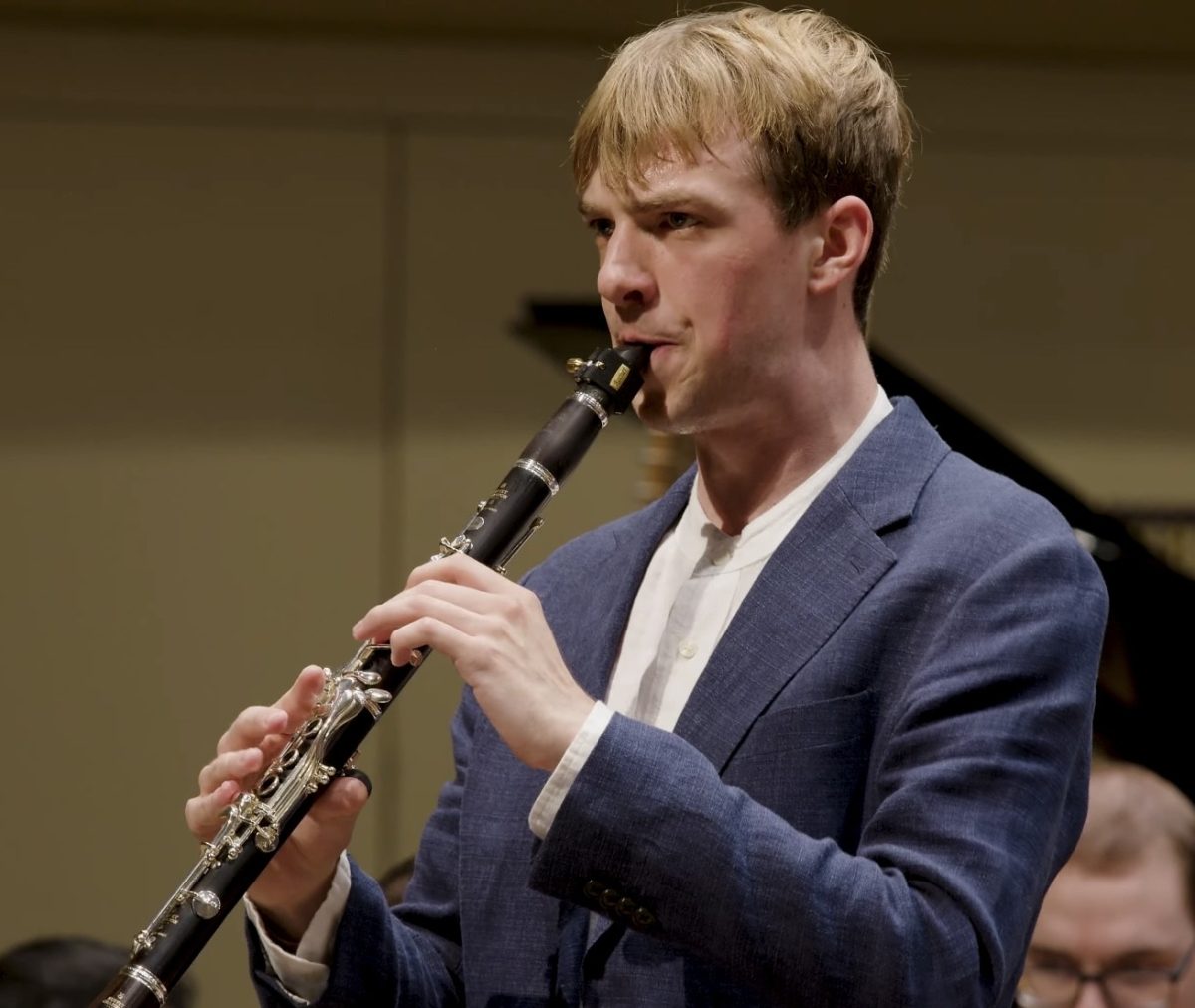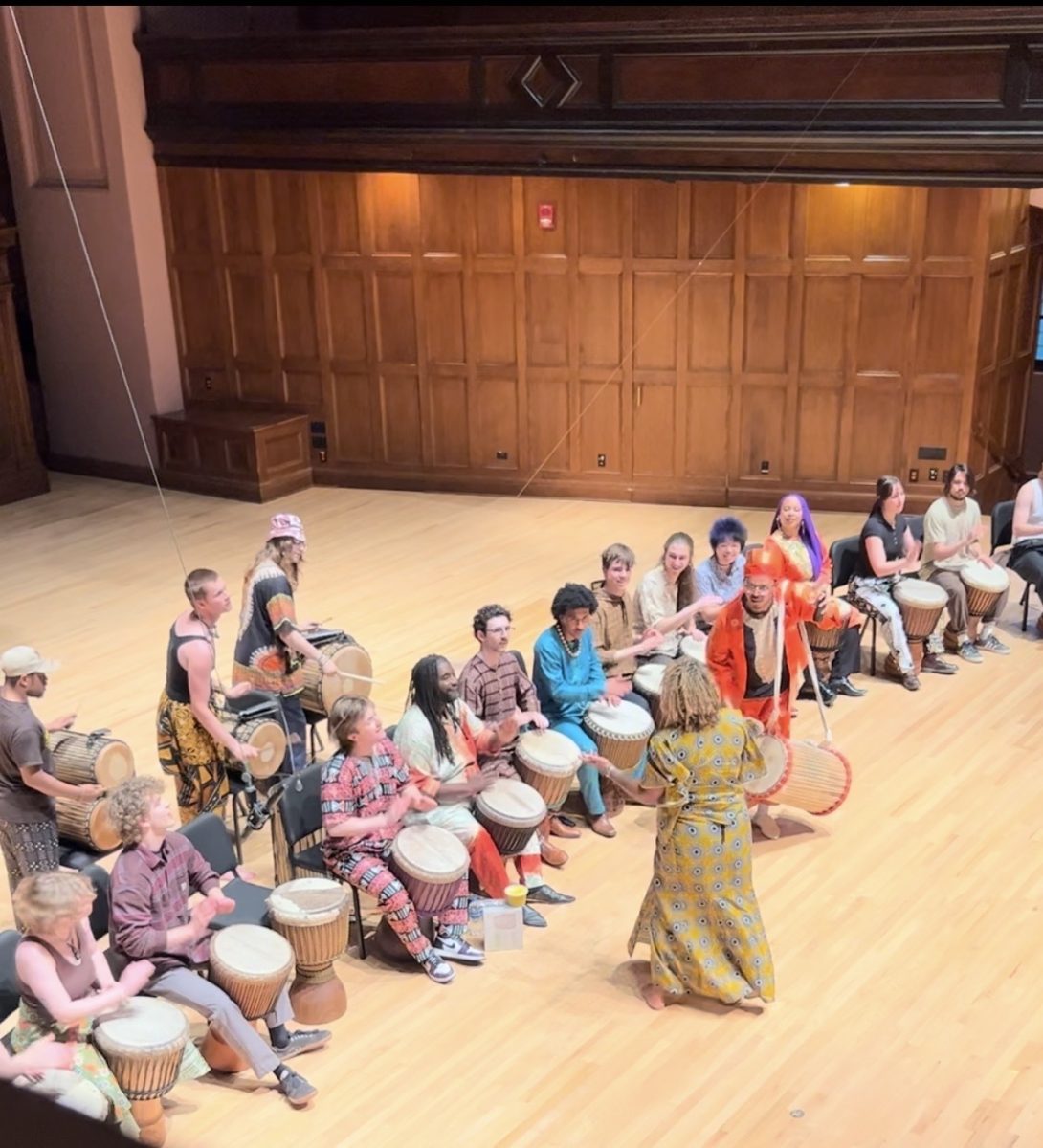Shifting Sports Culture
May 8, 2015
As the end of my sophomore year winds down, and my tenure as Sports editor comes to a blissful conclusion as I move to News, I have been reflecting on how the Oberlin Athletics Department has evolved over the last two years.
Playing on the women’s varsity soccer team, I have experienced firsthand what it really means to be part of a budding program. The team won only one game in 2012 and scored seven goals throughout the entire season. Statistically, my first year was not significantly better, with just four wins and 12 goals to our collective name.
But this year, with an 11-person sophomore class, complemented by seven very talented first-years, our young team has started to evolve. Of course, this has not been without the leadership of the six upperclassmen, but from my understanding there has undoubtedly been a cultural shift to prioritize athletics.
In part, this can be attributed to a new coaching staff. Head Coach Dan Palmer started his tenure in 2013 and was joined by Assistant Coach Taylor Houck this year. Under their guidance, the women’s soccer team won nine games in a row this season and had a tangible shot at making the conference playoffs. Delta Lodge Director of Athletics Natalie Winkelfoos has also played a vital role in shaping Oberlin athletics, garnering important donations and helping to rebuild teams. With a brand new stadium and refreshed coaching staff in many programs, something new is happening for many teams — they are winning.
This winning trend is occurring in many programs now, a phenomenon that cannot be said of the Athletics department in years past. In my position as sports editor, I have inevitably been attuned to all the sports happenings of Oberlin, and as such, I have watched team records improve, new programs enter playoff season and more fans attend sporting events.
The women’s lacrosse team advanced to the North Coast Athletic Conference final for the first time in 15 years last weekend with Head Coach Lynda McCandlish, who is in her second year at Oberlin. The team has 14 underclassmen; recruiting has certainly been a major component to this success. The same could be said of teams like women’s soccer, football — which brought in 22 new players — or baseball, which has a class of 11 first-years.
However, there have been conflicting opinions circulating around campus about what the increased attention to athletics means for the composition of the student body. Many claim that increased recruiting and focus on sports brings in students that are not as academically oriented or as representative of the typical “Obie.”
Although I cannot deny that an increasing percentage of student-athletes will definitely alter some social dynamics, I am left wondering if this is necessarily a negative change. For a campus that is so supportive of such a wide range of extracurricular activities, I have encountered a mostly unenthused crowd when it comes to athletics. Perhaps with more winning teams and an increased number of student-athletes, the attitude will begin to brighten and more students will come out to sports events.






